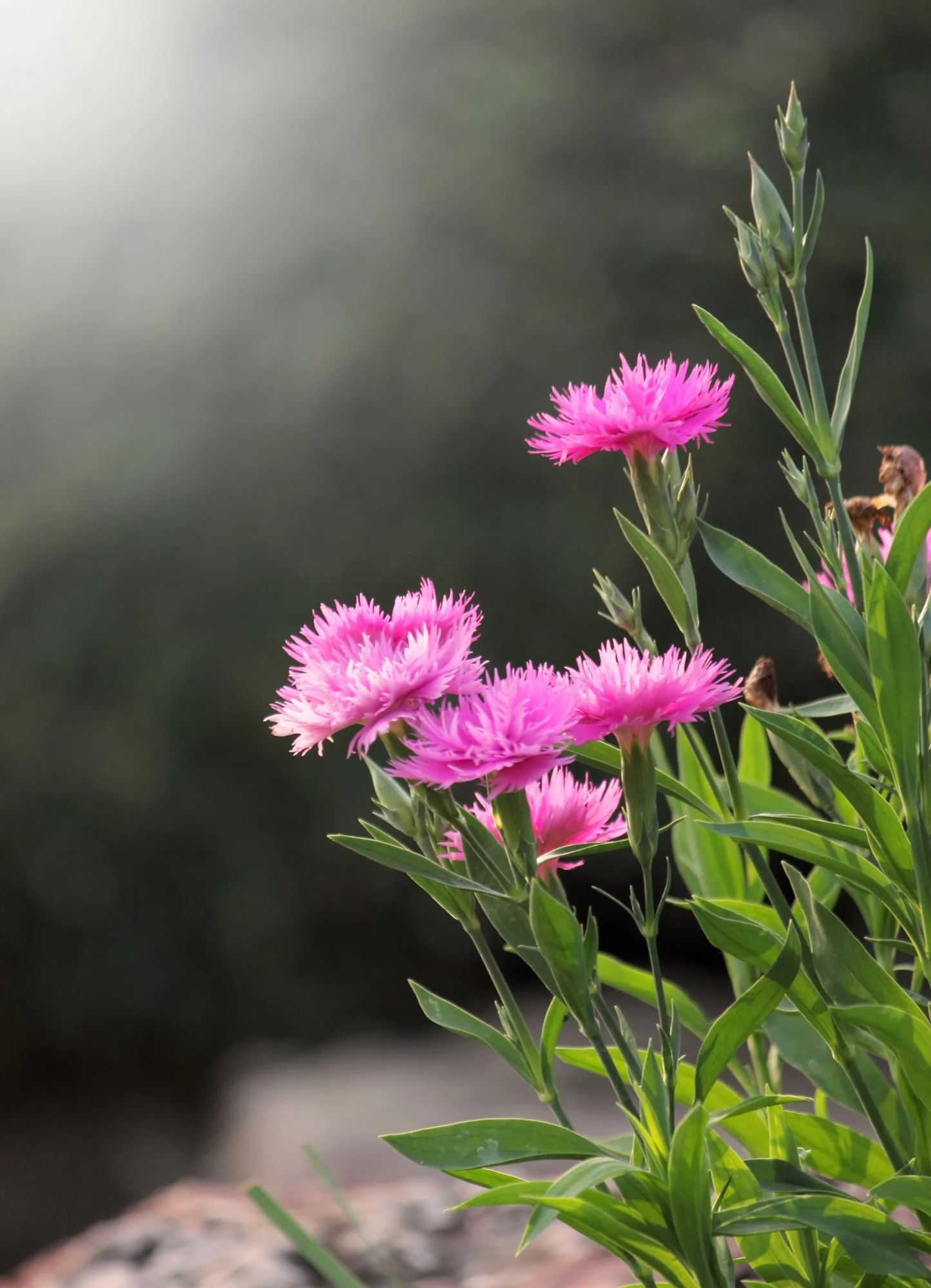Flowering plants, or angiosperms, with their breath-taking diversity, are the most prevalent group of land plants on Earth today. Their vivid blooms and intricate reproductive structures have long fascinated scientists and naturalists alike, including Charles Darwin, who famously described the rapid diversification of angiosperms as an “abominable mystery.” Despite their prominence in modern ecosystems, the origins of flowering plants have remained obscured in the fossil record, particularly during the Jurassic period—a puzzle that has come to be known as the ‘Jurassic angiosperm gap.’ However, a groundbreaking study published in Nature Plants may have finally provided the framework needed to solve this long-standing enigma.
In an article titled “Origin of angiosperms and the puzzle of the Jurassic gap” (DOI: 10.1038/s41477-019-0421-0), researchers have employed an innovative approach that pivots away from traditional fossil-based timelines. They reconstructed the angiosperm phylogeny using a robust dataset of 80 genes from 2,881 plastid genomes. This comprehensive analysis spans an impressive 85% of extant angiosperm families and all existing orders, offering an unprecedented resolution of the plant group’s evolutionary history.
The team, spearheaded by prominent botanists including Li Hong-Tao, Yi Ting-Shuang, and Gao Lian-Ming from the Germplasm Bank of Wild Species at the Kunming Institute of Botany, Chinese Academy of Sciences, and their international collaborators, have traced the origins of flowering plants back to the Upper Triassic. This suggests that the spread and diversification of angiosperms began much earlier than the first appearance of undebatable angiosperm fossils, which occurs in the Cretaceous period. The research indicates that angiosperms flourished during the Jurassic and Lower Cretaceous, thereby bridging what was thought to be a significant void in the fossil record of these plants.
The revelation of this previously unknown Jurassic proliferation reshapes the timeline of plant evolution fundamentally. It aligns with what Darwin observed as an “explosive” diversification of angiosperms. This blast of evolutionary activity is now believed to have laid the groundwork for the rich variety of plant species we observe in contemporary ecosystems. It isn’t just the raw date that makes this research so impactful. The study incorporates 62 fossil calibrations to help ensure the accuracy of their molecular clock estimates, making it a state-of-the-art representation of the evolutionary tempo which has been peer-reviewed and acclaimed within the scientific community.
The discovery of the ‘Jurassic angiosperm gap’ and its subsequent bridging through this study is not just a victory for academic intrigue—it has profound implications for understanding the historical development of our planet’s biodiversity. Flowering plants are not simply elements of beauty; they are ecological powerhouses that shape the environments they inhabit. They are the primary sources of food for a significant proportion of animal life, including insects and humans, and play indispensable roles in ecosystems as producers in the food web and pollination agents.
References
1. Friis, E. M., Crane, P. R. & Pedersen, K. R. Early Flowers and Angiosperm Evolution (Cambridge Univ. Press, 2011).
2. Coiro, M., Doyle, J. A. & Hilton, J. “How deep is the conflict between molecular and fossil evidence on the age of angiosperms?” New Phytologist, DOI: 10.1111/nph.15708 (2019).
3. Benton, M. J. “The origins of modern biodiversity on land.” Phil. Trans. R. Soc. Lond. B 365, 3667–3679, DOI: 10.1098/rstb.2010.0269 (2010).
4. Misof, B. et al. “Phylogenomics resolves the timing and pattern of insect evolution.” Science 346, 763–767, DOI: 10.1126/science.1257570 (2014).
5. Soltis, D. E. et al. “Angiosperms phylogeny: 17 genes, 640 taxa.” Am. J. Bot. 98, 704–730, DOI: 10.3732/ajb.1000404 (2011).
The role of global biodiversity perturbations in the Triassic, as well as the changing climates and atmospheric CO2 concentrations across the Triassic-Jurassic transition, are also brought into consideration as potential driving forces for the early rise and spread of angiosperms. Furthermore, the implication that angiosperms existed in the Middle Triassic challenges the notion of ‘angiosperm-like’ pollen found in older strata being misidentified, now opening the gates to re-assessing plant evolution in a new light.
In conclusion, this monumental study on the ‘Jurassic angiosperm gap’ achieved through meticulous phylogeny reconstruction using plastid genome data stands as a testament to a pivotal junction in Earth’s botanical history, blossoming into the tapestry of life we appreciate today. As future comparative studies build on this framework, humanity is offered a cleared vision of the evolutionary roots of the plants that sustain and adorn our world.
Keywords
1. Angiosperm origins
2. Jurassic plants
3. Flowering plant evolution
4. Triassic biodiversity
5. Plastid phylogenomics
This tantalizing insight into an ancient world of plants reminds us that the past is sometimes closer than it appears, and that the origins of nature’s modern marvels might be hidden not in the ground beneath our feet, but encoded in the very fabric of life.
